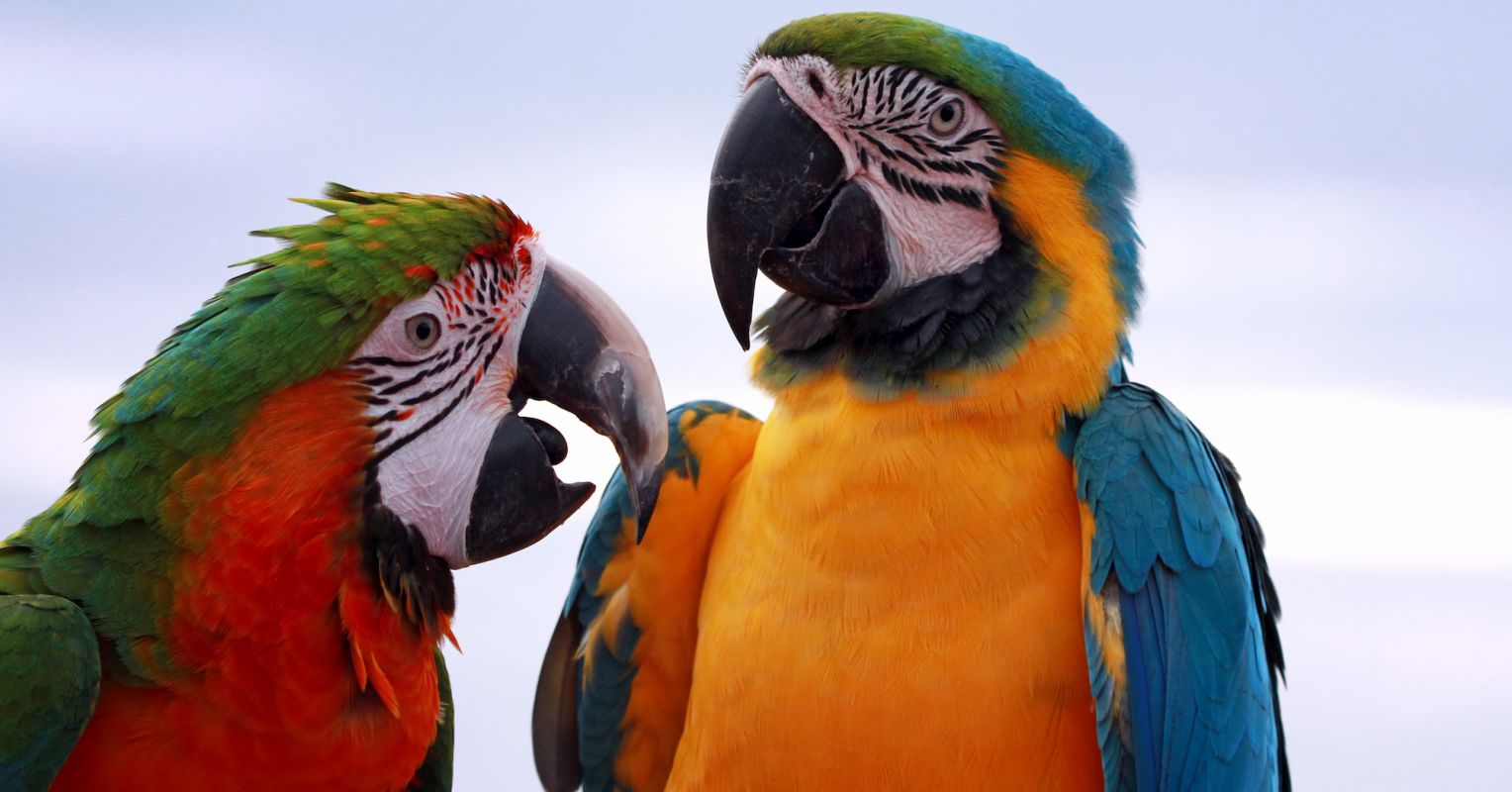
"Scroll through social media long enough and you will encounter them: macaws swaying to pop songs, flapping their wings as though swept up in the joy of rhythm. These clips are delightful because they seem so human. We are used to seeing animals reacting to stimuli, like dogs fetching or cats pouncing. But parrots appear to do something more: they join in. They watch, they follow, and they seem to understand the dance as a shared act."
"Until recently, it was easy to dismiss these performances as mimicry, clever tricks honed by training or instinct. But new research from the Max Planck Comparative Cognition Research Station suggests the truth may lie elsewhere. Parrots are not just copying movements. They seem to be using a form of learning thought unique to humans: the ability to observe and copy interactions between others without direct instruction."
"One macaw was cued by a human to perform gestures such as lifting a leg, fluffing feathers, or spinning in place. Next door, behind a transparent screen, another macaw sat watching. After a pause, the human turned to the onlooking bird and gave the same hand signal. Birds that had watched a demonstrator perform the correct actions more often than those that had not. They learned an average of four out of five gestures, while control birds who never saw demonstrations managed only two. The observers picked up behaviors with greater speed and precision. Some even began copying movements spontaneously before it was asked, as though the rhythm of imitation had already taken hold. It was interpreted as clear evidence that parrots ca"
Controlled experiments presented blue-throated macaws with demonstrations of rare gestures while an observer macaw watched behind a transparent screen. Observers learned an average of four out of five gestures compared with two by control birds that never saw demonstrations. Observers acquired behaviors more rapidly and with greater precision; some initiated movements spontaneously before being cued. Observational learning included copying interactions between a human and another bird without direct instruction, demonstrating third-party imitation. The capacity for such imitation implies parrots possess social learning mechanisms that can support cultural transmission and suggests imitation functions as a broader biological strategy.
Read at Psychology Today
Unable to calculate read time
Collection
[
|
...
]